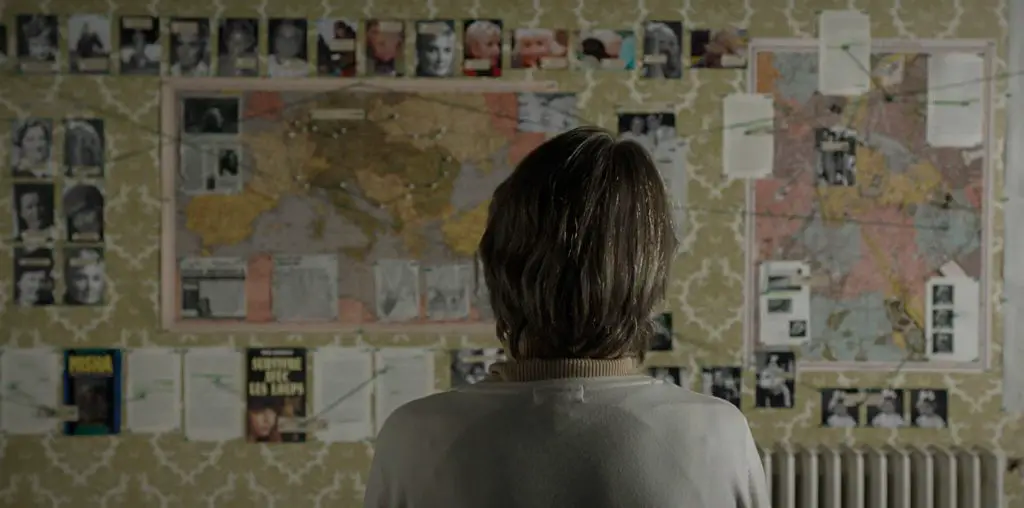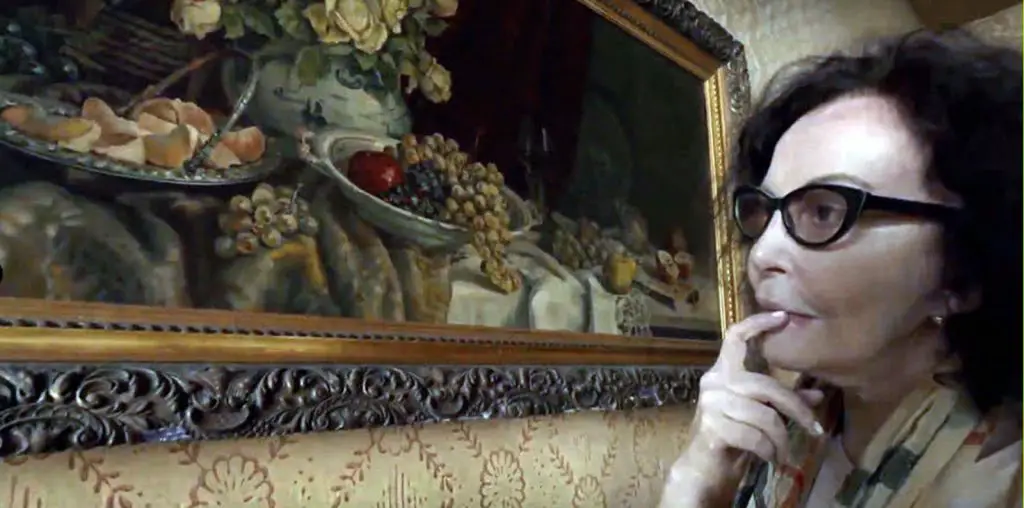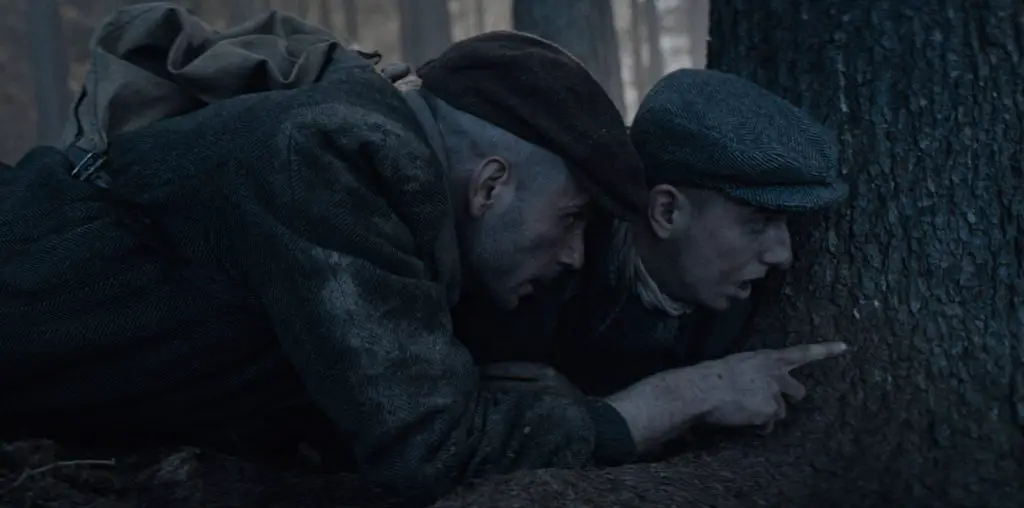
In the Jewish tradition, and truly in all human-oriented practices, one is bidden to remember. You must remember historical events, be they tragic or joyous. People’s historical memory is the primary driver of survival through perpetuity. The more a people recount their personal histories, preserving them by writing them down or capturing them on film, the more surety they will continue to exist.
This brings us to the tradition of Holocaust documentaries. Starting in 1949 with the Polish production The Last Stage to the landmark nine-part series Shoah and the Speilberg produced The Last Days, there has been a drive to preserve as many stories of Holocaust survivors as possible. It is a righteous work, and I hope the trend is expanded to other genocides, as those seem to continue to be perpetrated all over the world. This brings us to Ella Blumenthal and Jordy Sank’s I Am Here.
A mixed media piece containing animated sequences, historical footage, and a 2019 interview with Ella Blumenthal herself, the documentary presents the story of a Jewish teenager in Poland who survived the Nazi invasion of 1939. She, her father, and niece, Roma Rothstein, escaped the Warsaw ghetto only to get captured. They are sent to the concentration camp Majdanek, then to Auschwitz, and finally to Bergen-Belsen. Through it all, Blumenthal recounts her small, brave stories of survival.
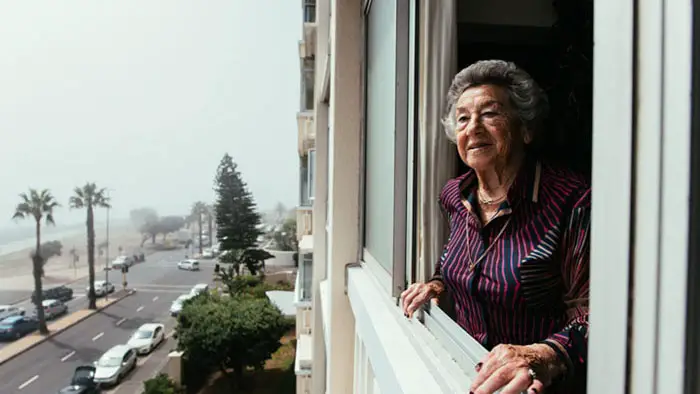
“…a Jewish teenager in Poland who survived the Nazi invasion of 1939.”
Blumenthal was sent to a gas chamber in Auschwitz, only to be spared because the High Command only ordered 500 Jewish women be gassed rather than the full 700 of her transport. Blumenthal was offered the role of Quartermaster of her bunk, which she refused, with thanks. When out of hope one day, she found a page of a torn Haggadah of Passover, which someone had smuggled into the camp. Throughout these and many other anecdotes of her time under the Nazis, Blumenthal displays a hidden strength of spirit. It is truly remarkable to note how the Nazis utterly failed to break her.
I Am Here also highlights how close Blumenthal and her niece, Rothstein, are. their bond has continued long past their time being persecuted and imprisoned in various Nazi concentration and death camps. There’s a very sweet FaceTime exchange between the two, as they share their warmth, love, and regard for each other. It’s a paean to a bygone age, where people were warmer and gentler to each other, most likely because there wasn’t the disconnectedness of the contemporary world. One of Blumenthal’s fondest memories is learning to waltz with her father, who was sadly killed in one of the camps. It’s a brief moment ensconced within her 18th birthday party. It’s so very tender and dear. It parallels nicely a dance she shares with her (then-future) husband, Isaac, when they met in Israel.
I Am Here stands as a testament to the enduring qualities of the human spirit. Through her devotion to her culture and religion, Ella Blumenthal found the inner strength to outlast the Nazi regime. Her story proves most compelling and deeply evocative of strong, wonderful emotions. Seek this film out. One must never forget that these atrocities could happen again at any time.
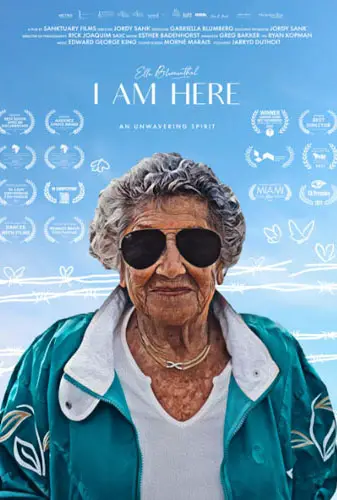
"…stands as a testament to the enduring qualities of the human spirit."
